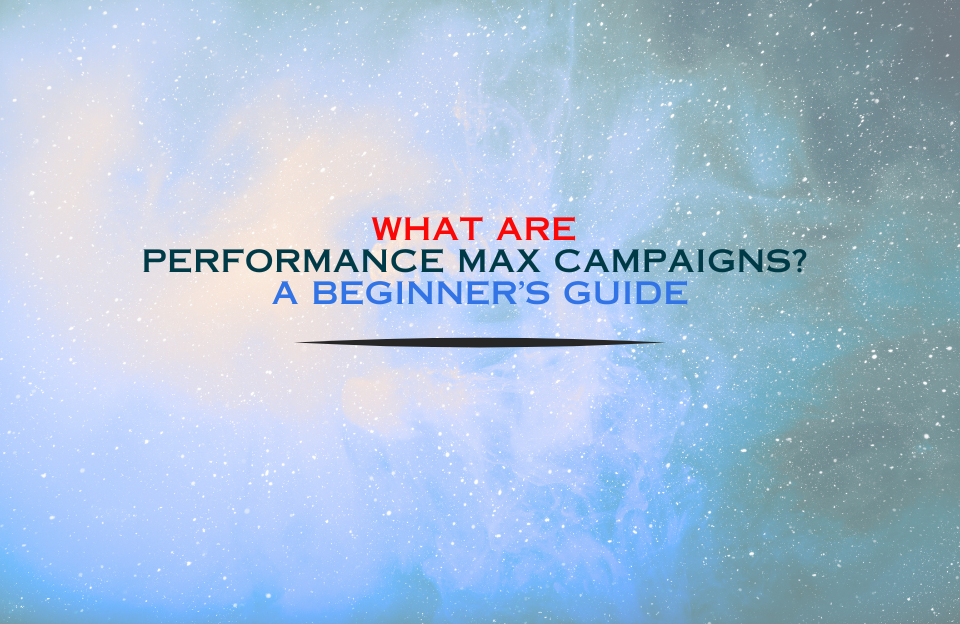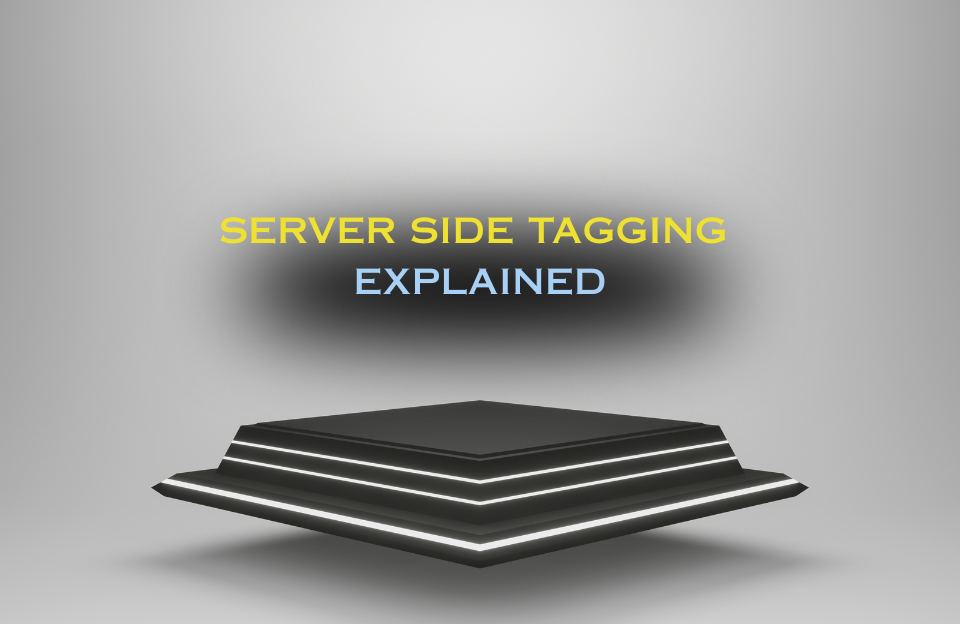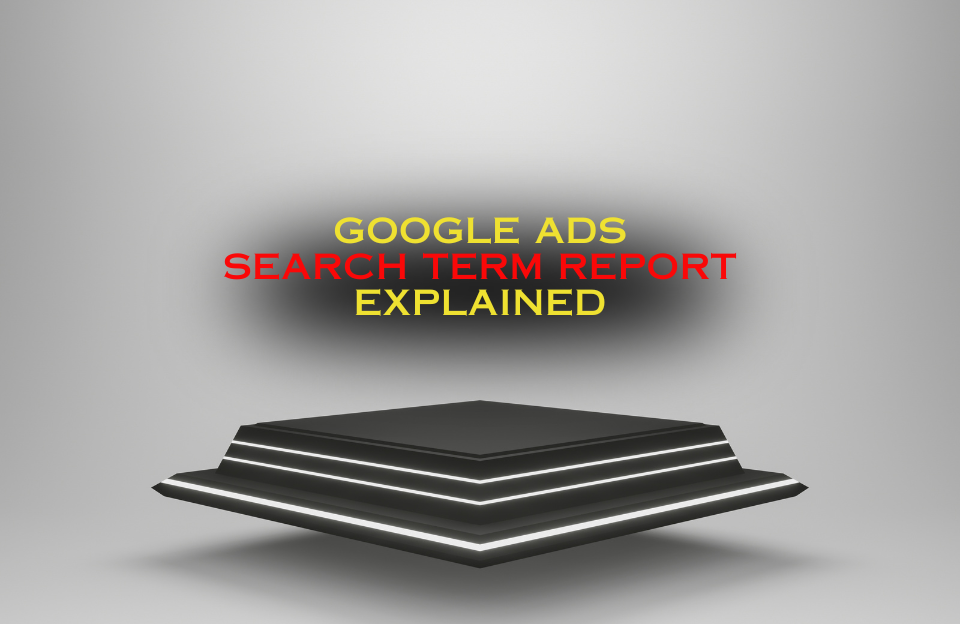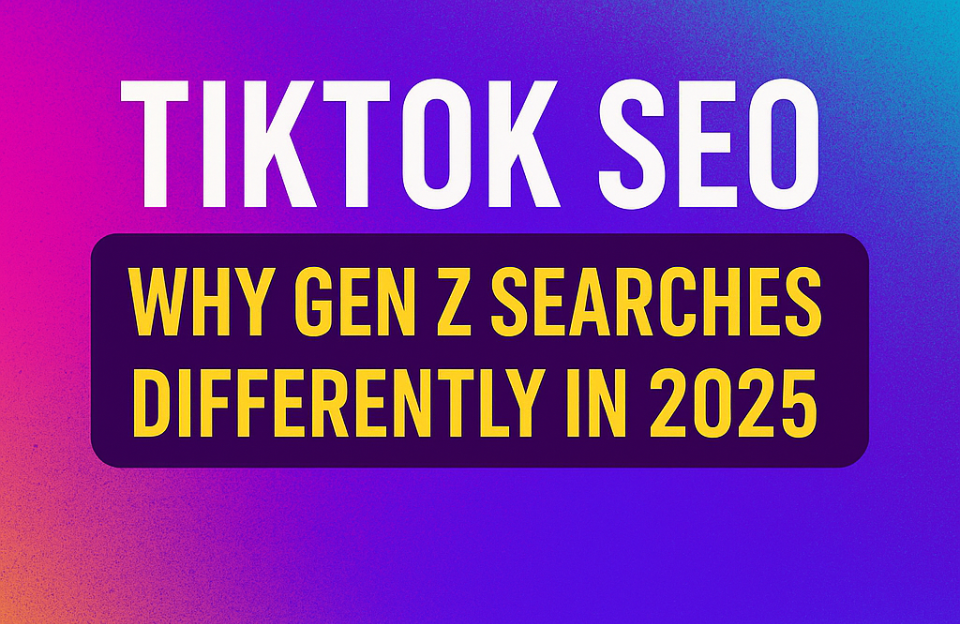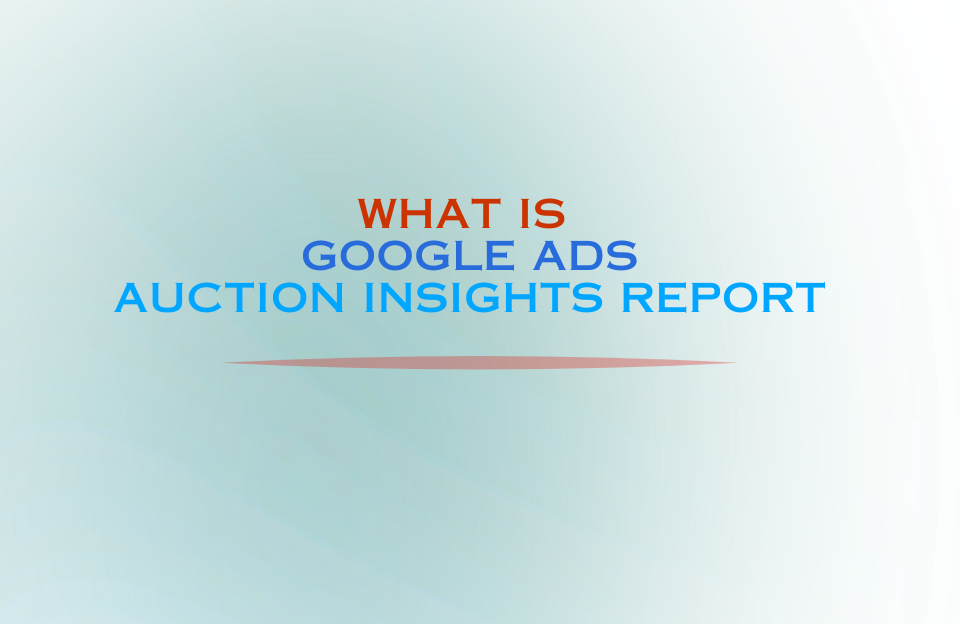Performance Max (PMax) campaigns are a transformative feature within Google Ads, offering advertisers a new way to access all of Google’s inventory from a single campaign. These campaigns leverage machine learning to automate targeting, creative, and bidding strategies, aiming to maximize conversion value across Search, Display, YouTube, Gmail, and Discover.
What Are Performance Max Campaigns?
Performance Max campaigns are goal-based campaigns designed to find converting customers across all of Google’s channels. Unlike traditional campaign types where you target specific channels (like Search or Display), PMax uses automation to decide where and how your ads appear, depending on your objectives and inputs.
By consolidating the reach of multiple networks, advertisers can create a single campaign structure that dynamically adapts to where the best performance opportunities exist. This approach reduces the need for siloed campaign management and introduces a new era of efficiency in digital advertising.
How Do Performance Max Campaigns Work?
PMax campaigns combine your creative assets (headlines, images, videos), audience signals, product feed (if available), and conversion goals to serve ads in real time. Google’s machine learning continuously tests different asset combinations and placements, optimizing for the best performance based on your business goals.
Advertisers provide Google with the ingredients: creative assets, data, goals, and the algorithm handles the cooking. It uses real-time data signals such as device, location, time of day, and user intent to place the right ad at the right time.
Key Features of Performance Max
- All-in-One Access: Reach users across all Google Ads inventory including YouTube, Display, Search, Discover, Gmail, and Maps.
- Automation-Driven: Google uses its algorithm to manage bidding, targeting, creatives, and placements.
- Audience Signals: Though automation is in charge, you can steer it by providing audience signals to guide the learning process.
- Conversion Focused: Designed for marketers with a clear goal like purchases, leads, or visits.
- Asset Grouping: You can upload headlines, descriptions, images, logos, and videos. Google will mix and match them into relevant ad formats.
- Insights & Reports: Breakdown of top-performing audiences, creatives, and placements to inform optimization.
Benefits of Performance Max Campaigns
- Efficiency: One campaign manages multiple networks, reducing overhead and manual effort.
- Scalability: Automatically finds more converting users without needing channel-specific management.
- Creative Testing: Machine learning optimizes combinations of creative assets across formats and platforms.
- Real-Time Attribution: Google adjusts placements and bids on the fly based on user behavior and intent.
- Cross-Channel Reach: Capture touchpoints across the full customer journey, from inspiration to action.
Ideal Use Cases
- E-commerce businesses wanting to expand beyond Shopping-only visibility.
- Lead generation campaigns targeting high-intent audiences across channels.
- Service-based companies seeking omnichannel presence with limited marketing resources.
- Brands launching new product lines looking to generate awareness and conversions simultaneously.
How to Set Up a Performance Max Campaign
- Login to Google Ads and click on + New Campaign.
- Select your campaign goal (e.g., Sales, Leads).
- Choose “Performance Max” as the campaign type.
- Set a budget and choose a bidding strategy (e.g., Maximize Conversions or Maximize Conversion Value).
- Add location, language, and ad scheduling.
- Create Asset Groups by uploading your images, headlines, descriptions, and logos.
- Add audience signals (custom segments, website visitors, customer lists).
- Set up conversion tracking for accurate reporting.
- Launch and monitor performance.
Performance Max Asset Best Practices
- Headlines: Include at least 3-5 short headlines (max 30 characters) and 1-2 long headlines (max 90 characters).
- Descriptions: Provide up to 5 descriptions, each with up to 90 characters.
- Images: Use a mix of square, landscape, and portrait images to suit all placements.
- Videos: Include at least one video asset to unlock YouTube inventory. If none are uploaded, Google may auto-generate videos.
- Logos: Upload transparent PNG or JPG logos in multiple sizes for brand consistency.
Advanced Tactics and Strategies
- Custom Labels: Use custom labels in your product feed to group items by performance, price, margin, or seasonality.
- Audience Expansion: Layer in lookalike audiences via customer match to scale reach.
- Offline Conversions: Integrate CRM systems or import offline conversion data to optimize beyond online signals.
- Geo-based Asset Groups: Tailor creatives to specific regions or countries for better relevance.
- Seasonal Variations: Prepare separate campaigns or asset groups aligned with seasonal trends or promotions.
Using Google Ads Editor for PMax Campaigns
Google Ads Editor supports key Performance Max capabilities such as bulk uploading assets, duplicating campaigns, editing targeting and settings offline. This tool is especially useful for agencies or marketers managing large portfolios with recurring structure changes.
Performance Max vs Other Campaign Types
Compared to Responsive Search Ads (RSAs), Performance Max provides broader reach with less keyword control. RSAs target Search intent via queries, while PMax targets user intent across all channels. Display or YouTube campaigns offer more creative control, but less automation. For a deeper comparison, check out our Responsive Search Ads Guide.
Limitations of Performance Max Campaigns
- Limited Placement Data: You can’t view detailed breakdowns of exactly where your ads are shown.
- Less Manual Control: Advertisers relinquish some control in exchange for automation.
- Learning Curve: Requires understanding of automation signals and attribution models to optimize effectively.
- Data Requirements: Campaigns perform better when there’s ample conversion data.
Helpful Resources
Conclusion
Performance Max campaigns offer a revolutionary way to advertise on Google, shifting focus from channel management to audience and asset optimization. While not without challenges, the reward is a streamlined, intelligent system that adapts to your goals in real time.
If you’re looking to elevate your advertising strategy, consider combining PMax with RSAs and Smart Bidding. Together, they form a powerful ecosystem for scaling visibility, conversions, and ROI across the full Google Ads landscape. Learn more about RSAs in our RSA blog post here.
